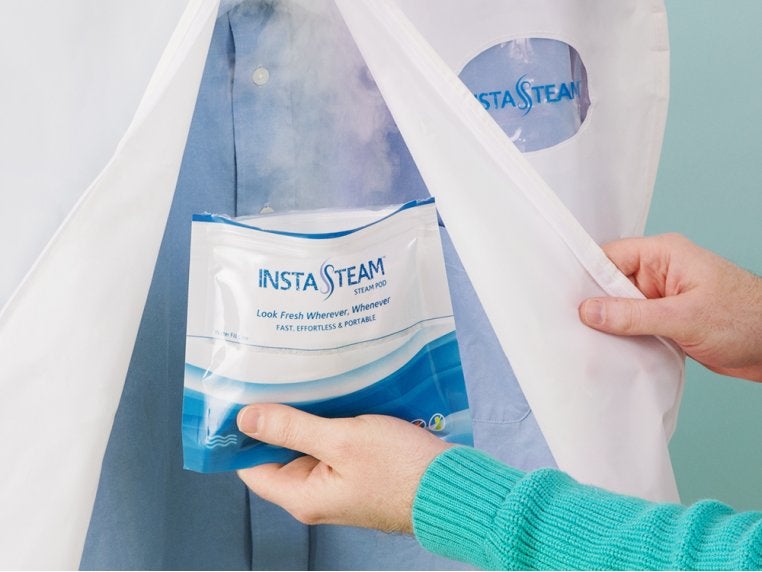Putting Patients at Ease Over the Phone

With the increasing use of telemedicine and remote appointments, you may find yourself speaking with patients via video chat or over the phone. While advances in technology are a great way to provide care at a distance and keep patients and healthcare professionals safe, there are a few differences between meeting remotely and meeting in person. Here are some ways to help put your patients at ease over the phone.
Show That They’re Your Focus
If you’re video conferencing, it’s vital that your patient sees your face and that you’re paying attention to them. If the background is chaotic, you’re looking at your phone or tablet, or it feels to them like their questions aren’t being met, they’ll walk away wondering if they got the best available treatment. Put yourself into a calm and quiet space and limit distractions, so you can provide the same care over the phone that you would in person.
Ease Into Health Concerns
When you walk into a patient’s room at the office, you begin with some nice conversation and introductions or catch-ups. You’ll want to do the same when getting started with a video chat or phone call. Give them time to adjust to the healthcare environment and to you before you begin discussing their concerns.
Stay Professional
Video chatting and phone calling may feel a lot less formal than a meeting in a doctor’s office, but it’s vital that you maintain the same level of professionalism virtually as you do in real life. Speak respectfully with patients, go over their charts and health concerns intentionally, and give them plenty of time for questions. The technology will aid you as a healthcare professional but should not take away your professional courtesy.
Be Aware of Tech Limitations
Video chats and phone calls can be frustrating if they don’t work properly or if the patient doesn’t have a lot of experience with them. Allow for enough time to get the technology going at the beginning of the call so it doesn’t feel rushed, and follow up—if necessary—with any information you may have discussed, in case communication got lost. It might require a little more patience, but it’s more than worth it to put your patient at ease.
For the professionals in technology and professionals on communicating via multimedia, search here on Ripplequest.com today!





Comments
06 Sep,2019
Ipsum dolor sit amet, Ut enim ad minim veniam, quis nostrud exercitation ullamco laboris nisi ut aliquip ex ea commodo consequat.
08 Sep,2019
Lorem ipsum dolor sit amet, consectetur adipisicing elit, sed do eiusmod tempor incididunt ut labore et dolore magna aliqua. Ut enim ad minim veniam, quis nostrud exercitation ullamco laboris nisi ut aliquip ex ea commodo consequat.
09 Sep,2019
Lorem Ipsum is simply dummy text of the printing and typesetting industry. Lorem Ipsum has been the industry's standard dummy text ever since the 1500s, when an unknown printer took a galley of type and scrambled it to make a type.